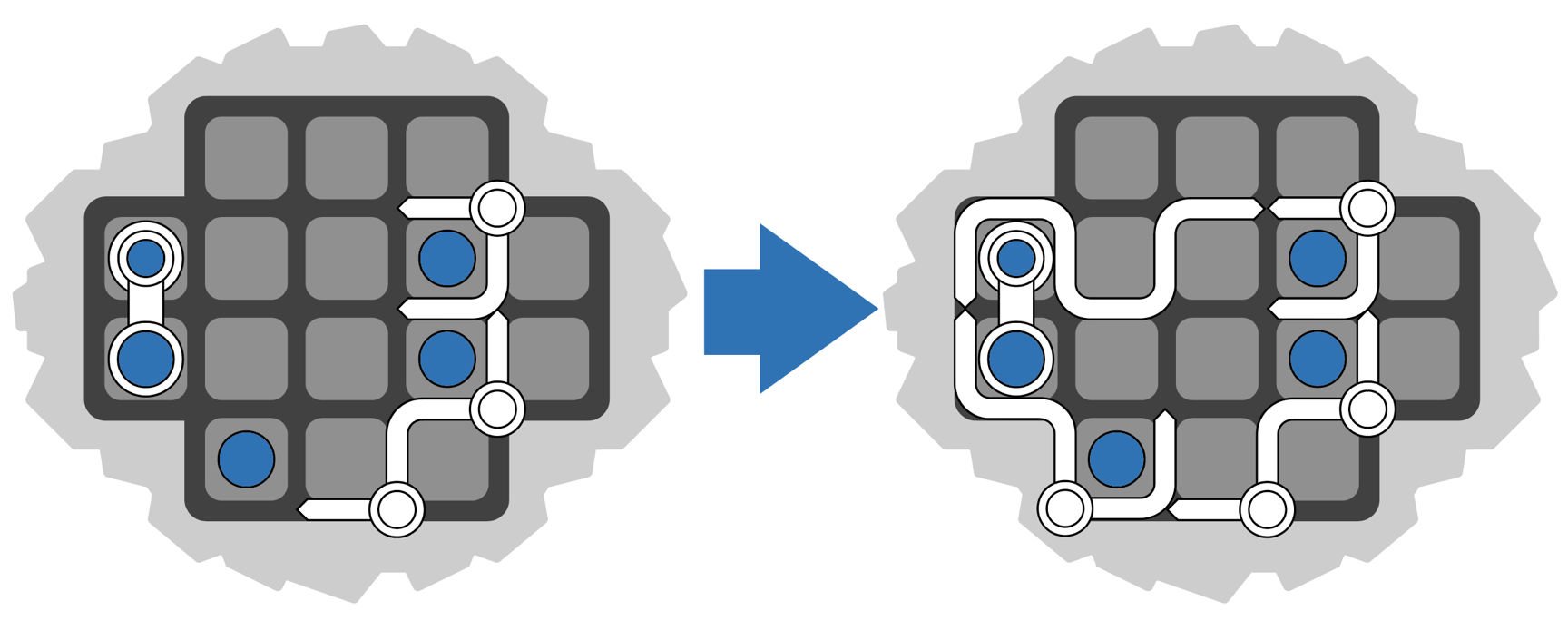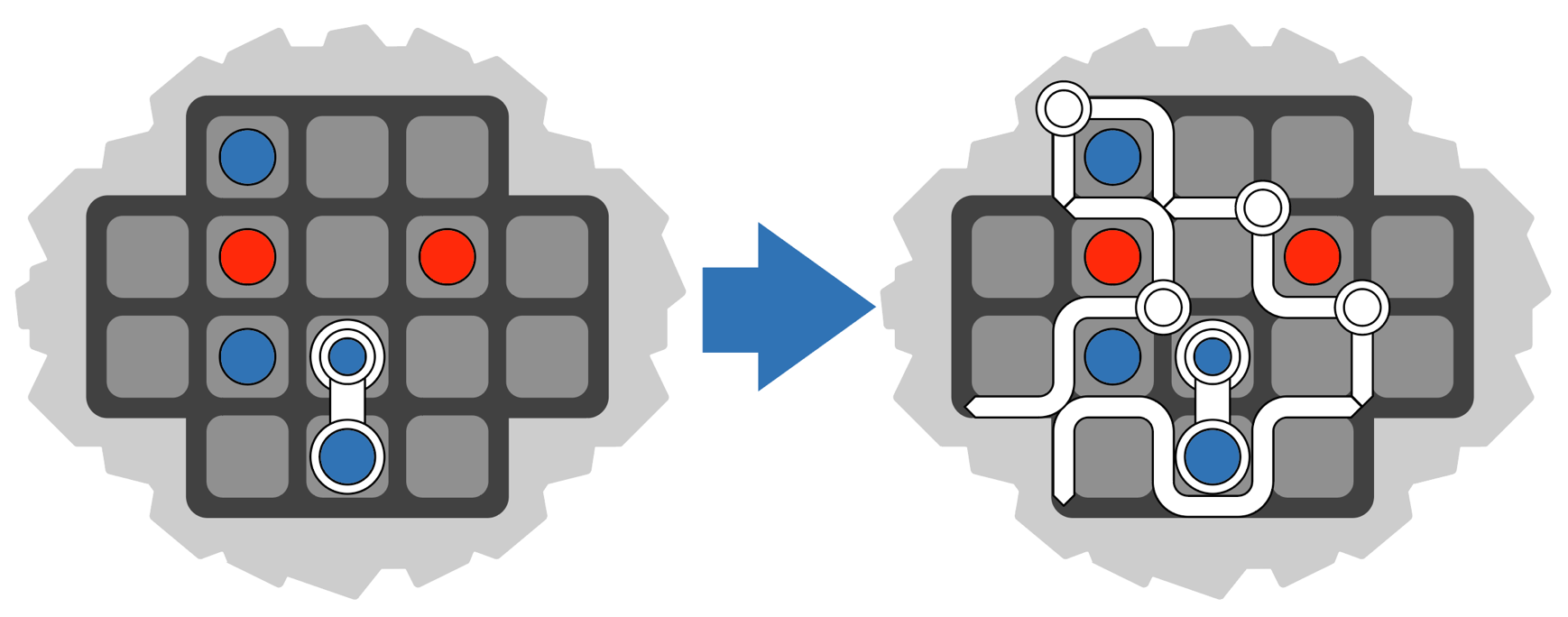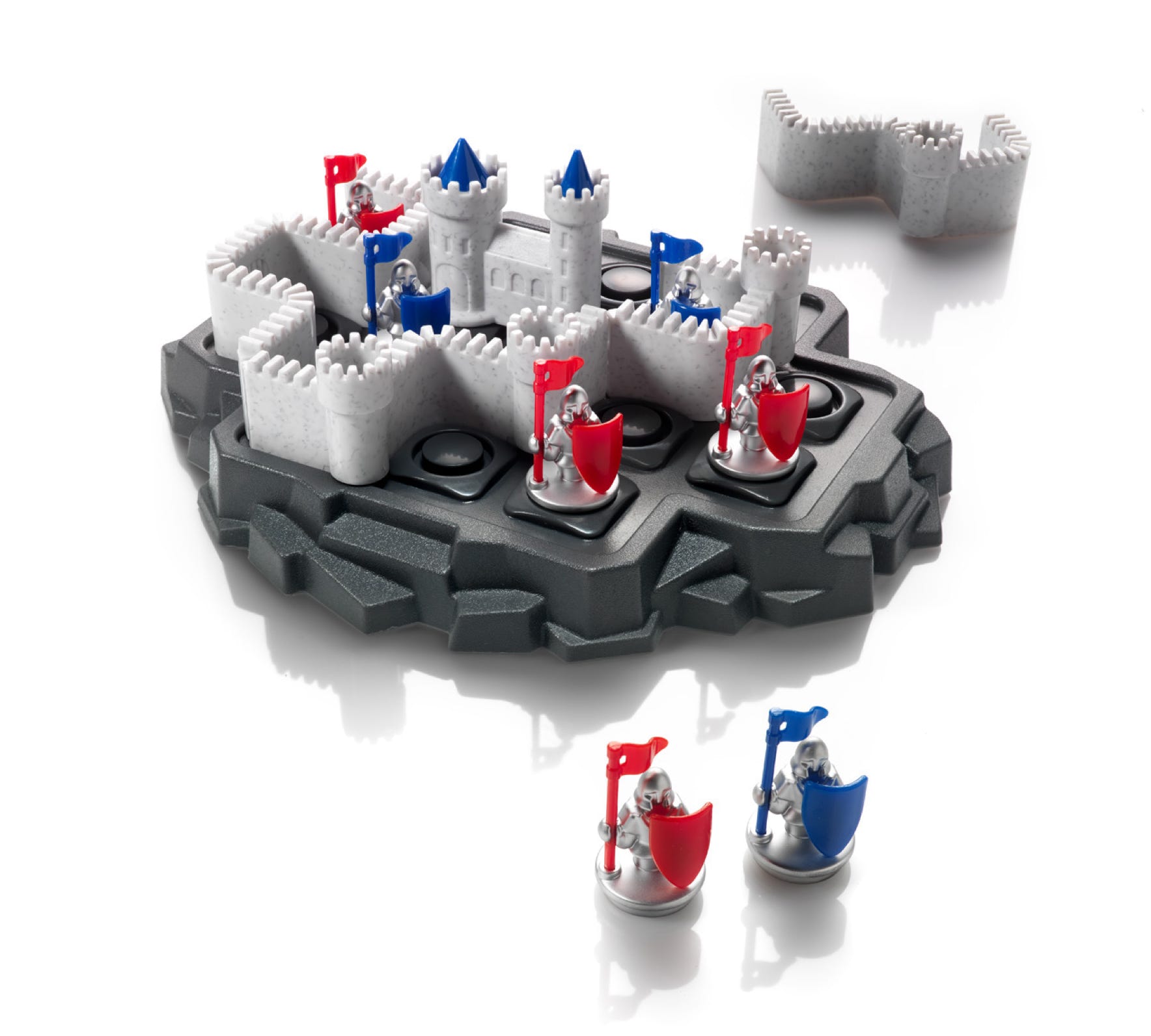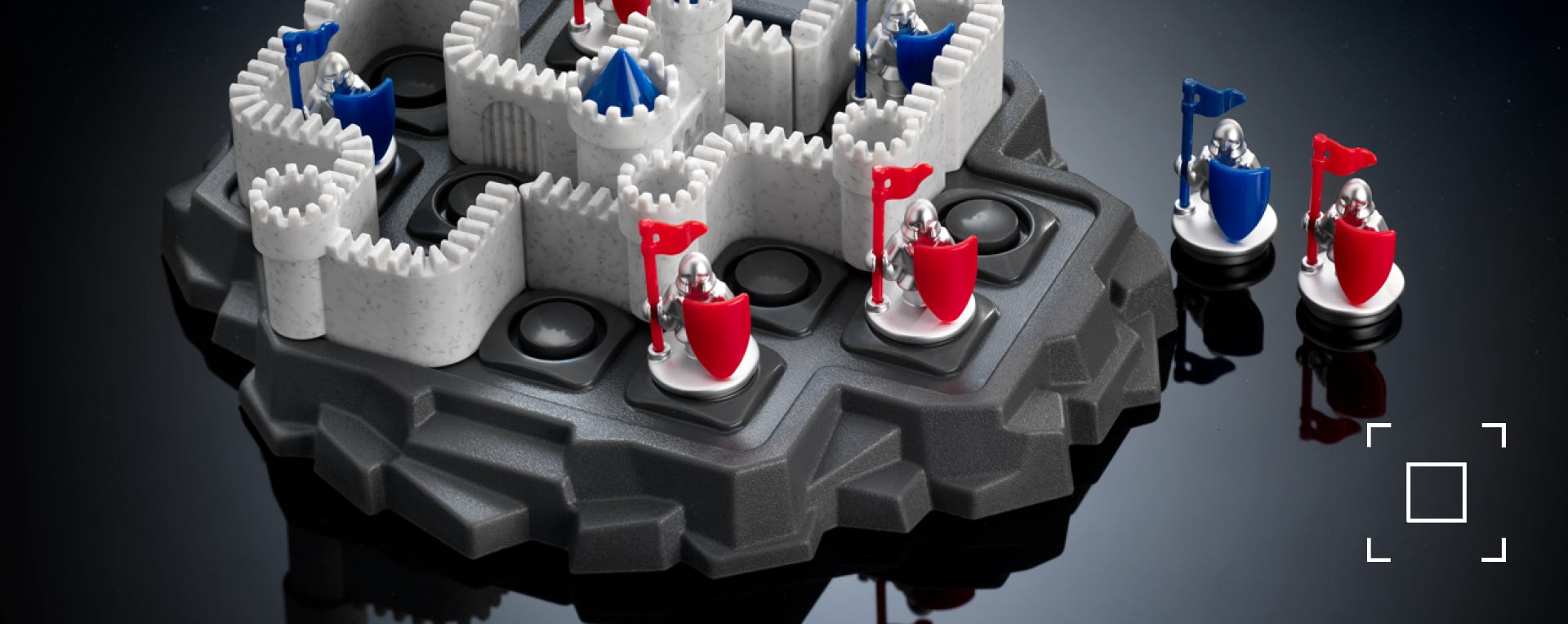
Walls & Warriors
The story behind the creation of Walls & Warriors
Raf Peeters, January 2016
This game is based on Troy, I puzzle game I designed for SmartGames a few years ago. I always liked this game. Although you only use 4 puzzle pieces (walls), this is one of the hardest puzzles I have invented so far. It’s a perfect example of my credo “less is more”. But for some reason the old version didn’t sell very good, compared to other SmartGames (it didn’t sell bad either). Maybe it was the name or the theme, I don’t know. But I am happy that SmartGames gives it a second chance.
IMPROVED VERSION
So I took the opportunity to improve everything I could. I always listen too feedback and if possible I try to use it to make things better:
• The theme is now more universal. Instead of defending an ancient city, you now have to defend your castle. Almost every city in Europe of any importance has it’s own castle, so that should work ;-)
• The knights stand more stable on the game board and on any horizontal surface.
• The knights are more detailed and look much better with a shield and flag
• The game now has 80 instead of 60 challenges!
• The puzzle pieces of the walls are slightly bigger and easier to handle
• The game board is now a 3D rock instead of a flat surface, so it looks less cheap
• The cardboard box is now a closed box, so it’s much easier to store the game after playing
• The game board is now presented horizontally in the challenge (instead of angled 45° in Troy), to avoid any mistakes during the set up.
• We made some challenges simpler. A few people said that the old version was too hard for an average player, so we tried to solve this. First of all, we added more easy challenges that include hints. This was easy to do, because this version has 80 instead of 60 challenges.
THE TWO TOWERS
Secondly, we made each challenge slightly easier by adding a puzzle piece with 2 hight towers (with a blue rooftop). This piece has the same function as 2 blue knights, which mean that they also have to be surrounded by walls. But the difference with 2 blue knights is that these towers are connected to each other. You always know that you can’t place any wall in between those two towers. That makes these towers a stronger hint than the previous blue knights. An extra benefit is that it also looks better.
Most challenges are identical to the ones used for Troy, except for the 20 extra ones. But the challenges look slightly different because of the high towers. Sometimes we needed to add extra blue knight to a challenge, when the original Troy challenge didn’t include 2 adjacent blue knights. All these changes resulted into a different challenge order. Some challenge became easier, but strangely enough, a few challenges also became harder, although they now include more hints. I guess the human mind not always works very logically.

example of a Starter challenge/solution with no enemies and 2 hints

example of a Wizard challenge/solution

GAME RULES WALLS AND WARRIORS
1) Choose a challenge. Place the red knights (the enemy),the blue knights (your knights) and (high towers with blue roof top) on the game board as indicated in the challenge. You must not move them until the challenge has been completed.
At STARTER level you are also given the position of one or more walls to get you off to a flying start.
2) Position the walls using the indents in the board as a guideline, so that the red knights are kept outside and the blue knights and hight towers remain within the ramparts:
• Blue knights and the high towers are safe inside the city walls only when surrounded by walls on all sides. The safe area can be small (for example, only the spot where the knight is standing) or it can be very large.
• The high towers and the blue knights do not all have to be in the same part of the city – each could be in an individual, secured area.
• The red knights must never be totally surrounded by walls. They can, however, be in area that is partially enclosed, that is, where a wall has an opening on at least one side.
• The indents on the game board are not additional obstacles for the enemy soldiers; they function to keep the walls in place.
• Each wall must fit exactly in the indents on the game board. If it does not, you must reposition your wall as you have not placed it in a valid position.
• You can place two walls to meet each other where the indents cross but you cannot place a wall against a tower as it will not fit.
• The size and the shape of the city is not important.
3) There is only one correct solution. You can find all the solutions at the back of the challenge booklet.
Website ©2016 Raf Peeters
Products and images: © Smart
